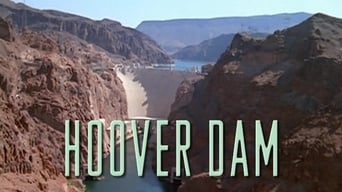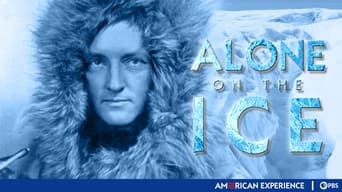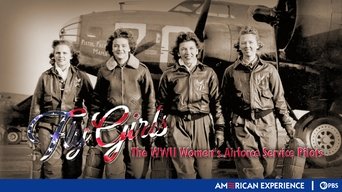Go back

America 1900
Episode number: 1
Overview: Over one hundred years ago, Americans looked forward to the uncertainty of a new century with a mixture of confidence, optimism and anxiety. Following a range of characters from famous public figures to ordinary citizens, this chronicle of a year in the life of America examines the forces of change that would come to shape the twentieth century.

Race for the Superbomb
Episode number: 2
Overview: At the dawn of the Cold War, the United States initiated a top secret program in New Mexico to build a weapon even more powerful than the atomic bomb dropped on Japan. A world away, on the frozen steppes of Siberia, the Soviet Union began a similar effort. A web of spies and scientists, intrigue and deception marked the race to develop the hydrogen bomb, a weapon that would change the world.

Hoover Dam
Episode number: 3
Overview: Rising more than 700 feet above the raging waters of the Colorado River, it was called one of the greatest engineering works in history. Hoover Dam, built during the Great Depression, drew men desperate for work to a remote and rugged canyon near Las Vegas. There they struggled against heat, choking dust and perilous heights to build a colossus of concrete that brought electricity and water to millions and transformed the American Southwest.

Alone on the Ice
Episode number: 4
Overview: In June 1934, Richard Byrd lay alone in a small hut within the polar ice, hovering near death. No one before Byrd had ever experienced winter in the interior of the Antarctic. In an age of heroes, he was one of America's greatest. An explorer, aviation pioneer and scientist, Byrd was also an egotist, a risk-taker, and, his critics claim, a fraud who sometimes took credit for the accomplishments of others.

Rescue at Sea
Episode number: 5
Overview: On January 23, 1909, two ships -- one carrying Italian immigrants to New York City, the other, American tourists to Europe -- collided in dense fog off Nantucket Island. In a moment, more than 1,500 lives became dependent on a new technology, wireless telegraphy, and on Jack Binns, a twenty-six-year-old wireless operator on board one of the ships. A story of courage, luck, and heroism at sea.

Meltdown at Three Mile Island
Episode number: 6
Overview: At 4:00am on March 28, 1979, a reactor at the Three Mile Island nuclear power facility near Harrisburg, Pennsylvania suddenly overheated, releasing radioactive gasses. During the ensuing tension-packed week, scientists scrambled to prevent the nightmare of a meltdown, officials rushed in to calm public fears, and thousands of residents fled to emergency shelters. Equipment failure, human error, and bad luck would conspire to create America's worst nuclear accident.

Lost in the Grand Canyon
Episode number: 7
Overview: In the summer of 1869, a one-armed Civil War veteran led the first expedition down the Colorado River through the Grand Canyon. John Wesley Powell's epic journey into the unknown established the Grand Canyon as a national landmark, and made him a hero. But when he used his fame to argue against the overdevelopment of the West, Powell was attacked.

MacArthur (1): Destiny
Episode number: 8
Overview: Part 1 of a two-part biography of Douglas MacArthur takes "America's first soldier" from his brilliant WWI service into WWII, when his knack for alienating superiors hindered his "return" to the Philippines. Interviewed: biographer Geoffrey Perret; historian Stephen Ambrose; Gen. Vernon Walters (USA Ret.).

MacArthur (2): The Politics of War
Episode number: 9
Overview: The conclusion of "MacArthur" focuses on his "return" to the Philippines in 1944, his years as Supreme Allied Commander in Japan after the war and his controversial command in Korea. Interviewed: onetime MacArthur aide Alexander Haig; historian David McCullough

Fly Girls
Episode number: 10
Overview: During WWII, more than a thousand women signed up to fly with the U.S. military. Wives, mothers, actresses and debutantes who joined the Women Airforce Service Pilots (WASPS) test-piloted aircraft, ferried planes and logged 60 million miles in the air. Thirty-eight women died in service. But the opportunity to play a critical role in the war effort was abruptly canceled by politics and resentment, and it would be 30 years before women would again break the sex barrier in the skies.